Connections to Sewer
Purpose/Function:
Both sewer connection types improve the level of treatment of waste as WWTPs at enhanced nutrient removal (ENR) reduces household nutrient loading.
Initiation protocol:
See the Maryland Department of the Environment (MDE) for assistance.
Public acceptance:
Usually required under local planning ordinance.
Implementation Factors (level of difficulty):
Difficult. This practice would be undertaken by the county or municipal department of public works or sanitary sewer district in partnership with MDE.
Funding Sources / Options:
These projects are funded by the Water Quality Revolving Loan Fund (WQRLF) loans and supplemental assistance grants. In addition, some projects could be funded by Bay Restoration Fund (BRF), Maryland Department of Health and Community Development (DHCD) block grants and U.S. Department of Agriculture Rural Development grants and loans.
The Supplemental Assistance Program provides grant assistance to local governments for planning, design and construction of needed wastewater facilities. This program provides state grant funding for sewerage projects that are needed to address high priority public health or water quality problems. Funding priority is given to disadvantaged communities and/or communities that are non-compliant with their water quality permits. This program helps pay for the connection of older, established communities with failing septic systems to public sewers.
Costs:
Costs estimated as $ per system installed.
| Cost Estimates | EPA | QA Co | Average |
| Initial | $11,000 | $10,000 | $10,500 |
| Annual | $200 | $200 | $200 |
| Lifespan (yrs) | 20 | 20 | 20 |
| Annualized | $750 | $500 | $625 |
Load Reduction Efficiency:
Septic Connection – In Critical Area:
Total Nitrogen removed per system per year
|
Low 15.57 lbs. |
Medium 17.57 lbs. |
High 19.34 lbs. |
Cost per pound removed = between $39 and $48
Total Phosphorous removed per system per year = N/A
Total Suspended Solids removed per system per year = N/A
Septic connection – 1,000 Feet from Stream:
Total Nitrogen removed per system per year
|
Low 10.28 lbs. |
Medium 11.12 lbs. |
High 12.09 lbs. |
Cost per pound removed = between $62 and $73
Septic Connection – Other:
Total Nitrogen removed per system per year
|
Low 5.84 lbs. |
Medium 6.61 lbs. |
High 6.68 lbs. |
Cost per pound removed = between $112 and $128
Operation & Maintenance:
Performed by local department of public works
Climate Change Considerations:
N/A
Technical Notes:
This practice takes careful planning and often years of preparation to put in place the necessary sewer plan amendments if starting from scratch.
Helpful Links:
Local Project Examples:
This project consists of a denied access sewer extension line using the S.T.E.P system to several communities along Route 8 in southern Kent Island. This unique project is a dedicated line with restricted access to serve (prioritize) the failing septic systems in older communities in the region.
This project consists of construction of a region WWTP and wastewater collection and conveyance system to serve the Town of Greensboro and additional towns and areas with failing septic systems in northern Caroline County.
Related Best Management Practices

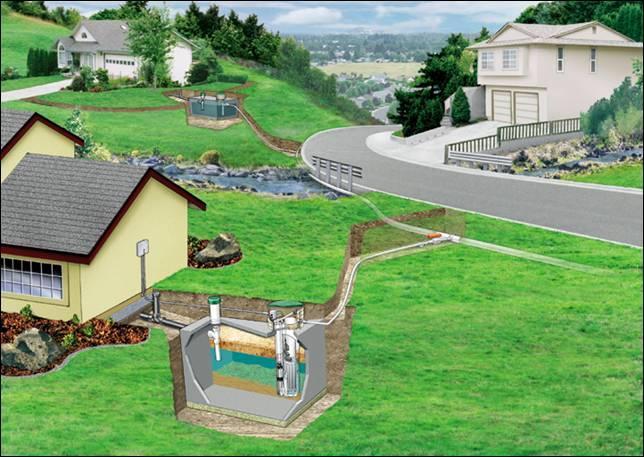
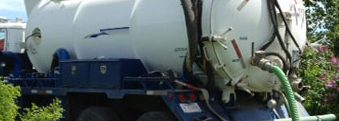

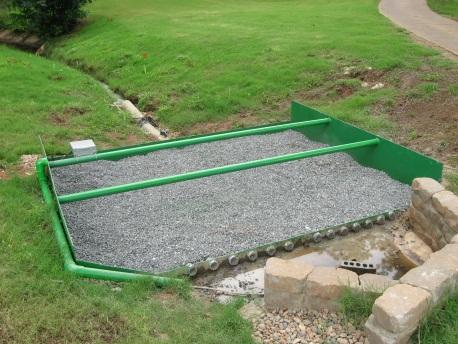
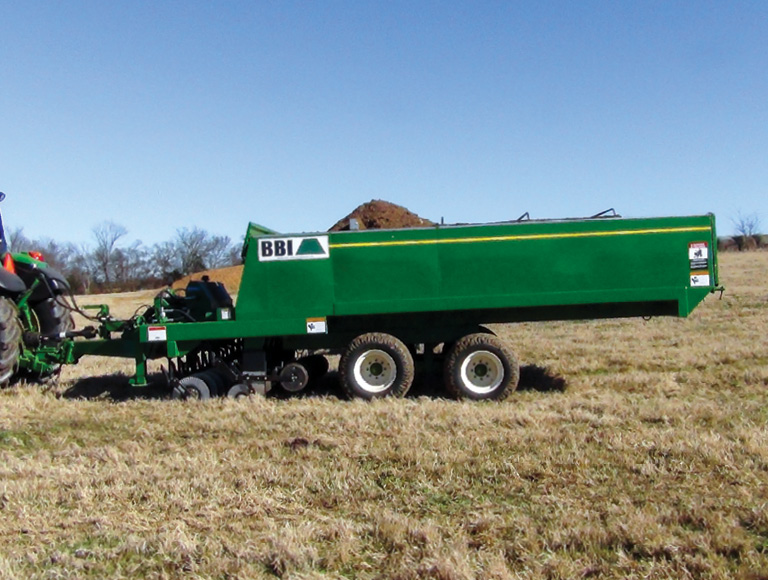
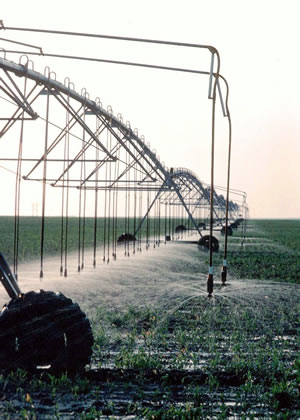
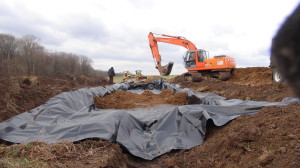
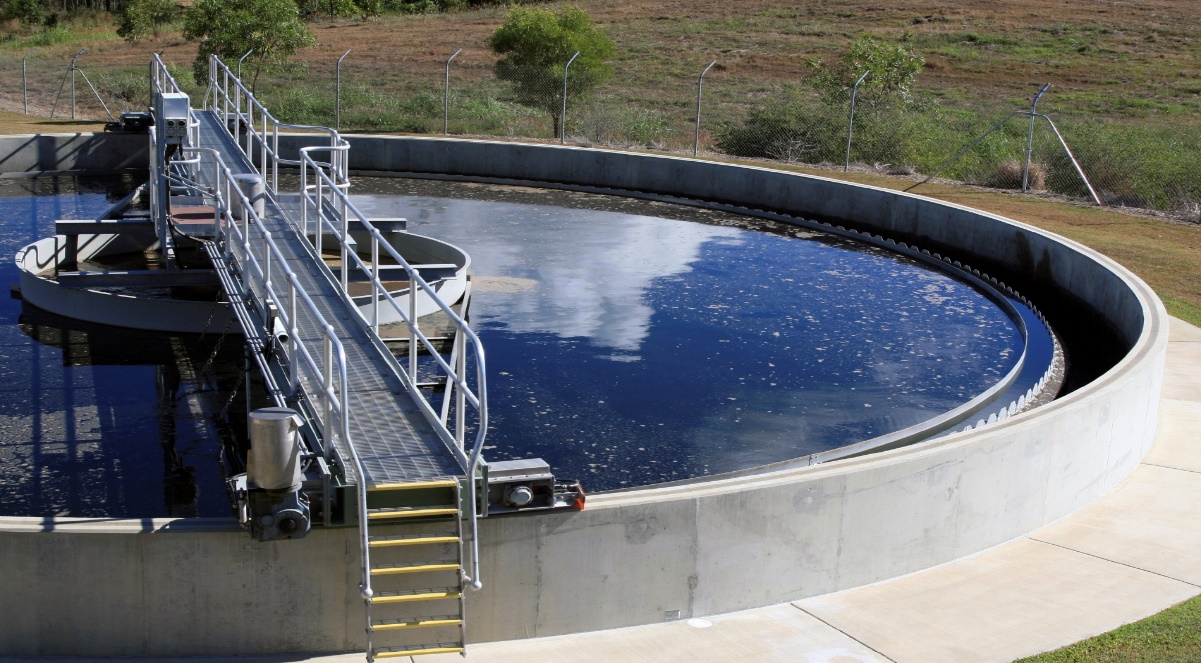


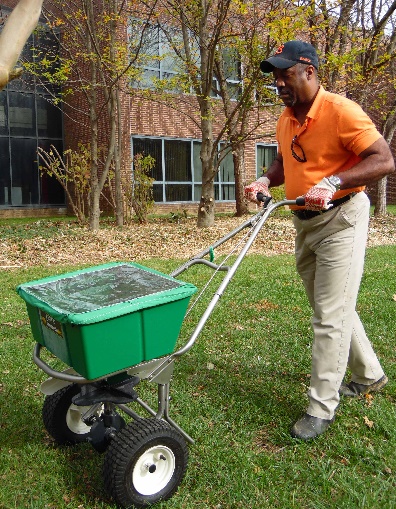

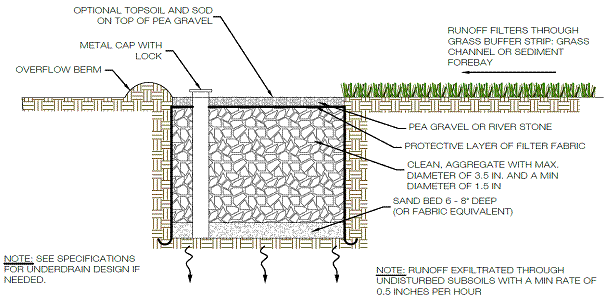
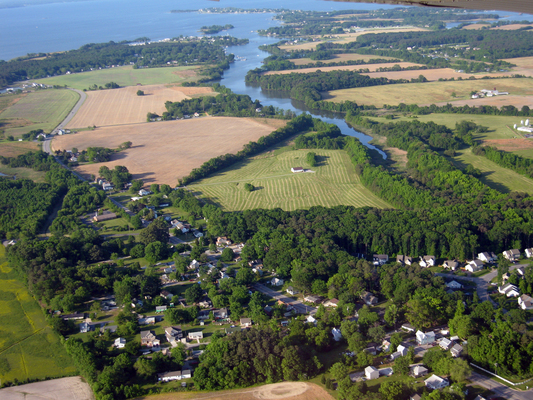
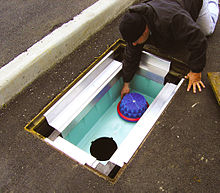
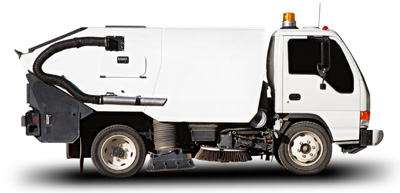
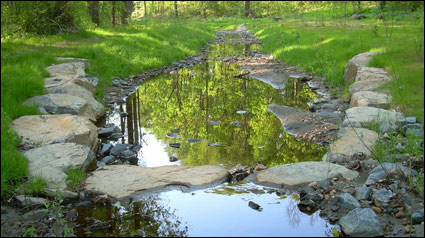
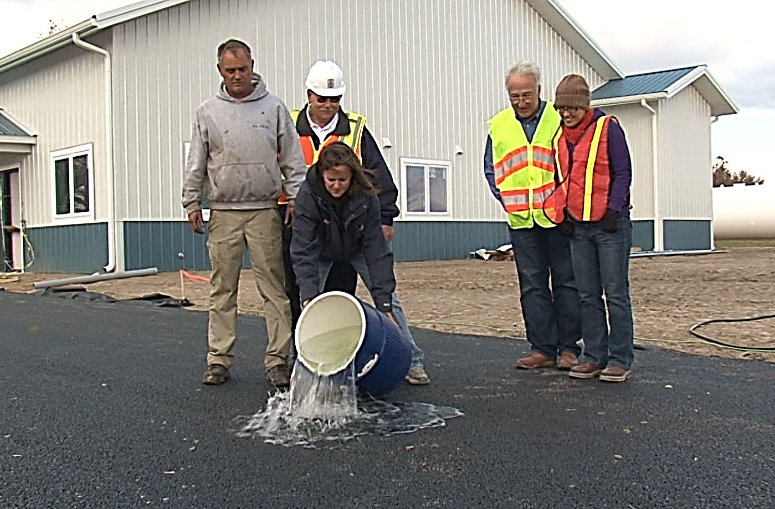
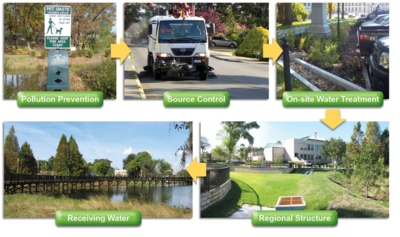
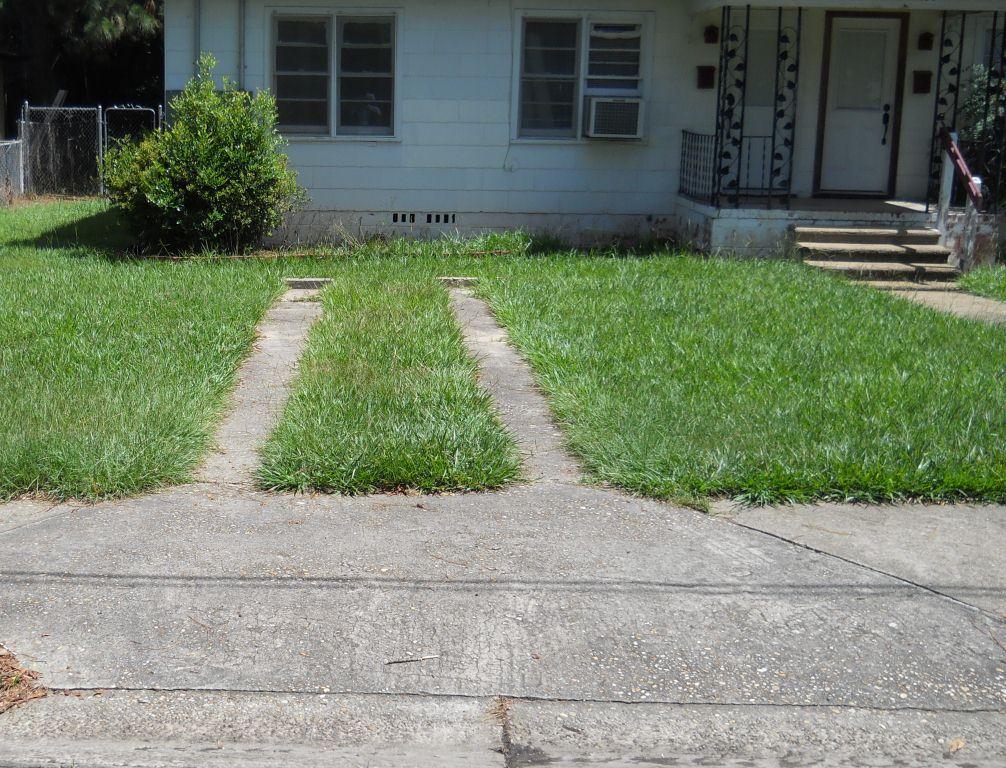

Feedback on This Best Practice